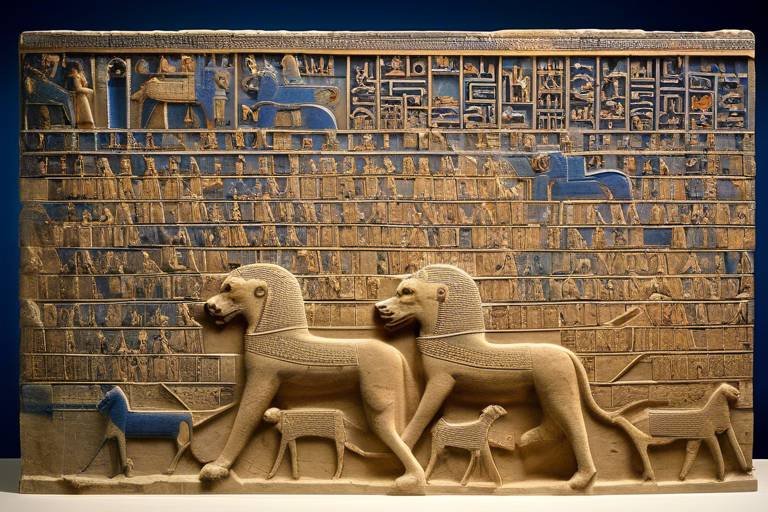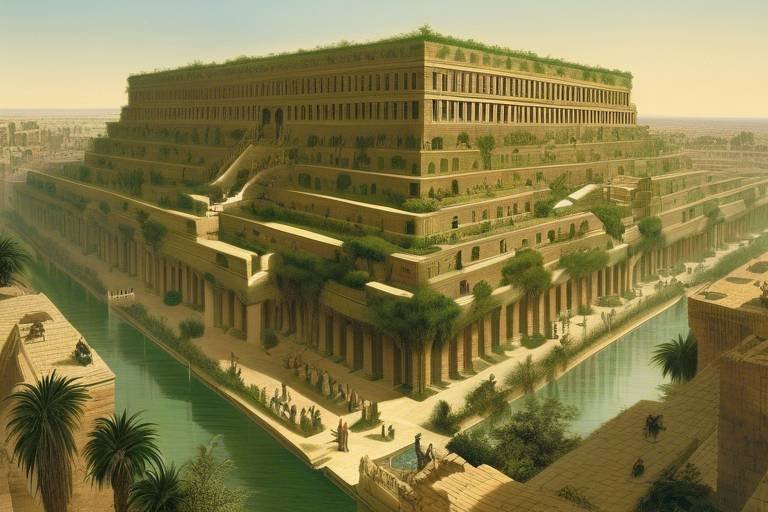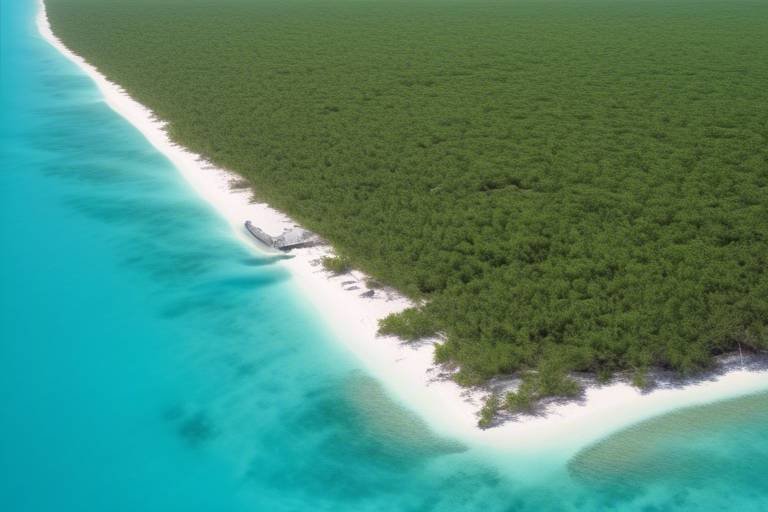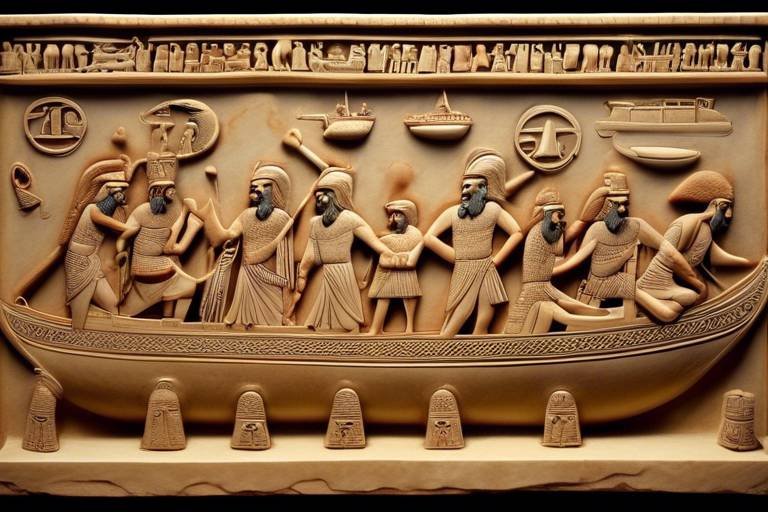The Discovery of the Sunken City of Heracleion
Deep beneath the waters of the Mediterranean Sea lies a hidden treasure trove of history and mystery - the sunken city of Heracleion. This ancient Egyptian city, once a bustling port and cultural hub, remained lost and forgotten for over a millennium until recent archaeological discoveries brought it back to light.
Imagine the thrill of uncovering a lost civilization, a city frozen in time beneath the waves, waiting to reveal its secrets to modern explorers. The discovery of Heracleion is like a time capsule, offering a glimpse into the past and rewriting the history books with each artifact unearthed.
As divers and archaeologists delve into the depths, they are greeted by a mesmerizing sight - submerged structures that defy the passage of time. Temples adorned with intricate carvings, statues standing guard in the silent depths, and remnants of buildings that once echoed with the sounds of daily life.
The artifacts recovered from Heracleion paint a vivid picture of ancient Egyptian society - from everyday objects like coins and jewelry to religious relics that hint at the city's spiritual beliefs. Each find is a piece of the puzzle, helping us reconstruct the vibrant tapestry of life in this lost city.
But Heracleion's story is not just a tale of discovery; it is also a mystery waiting to be unraveled. Myth and reality intertwine as we explore the causes behind the city's submersion - was it a natural disaster, gradual sinking, or a combination of factors that led to its watery fate?
Despite its watery grave, Heracleion's legacy lives on, reshaping our understanding of ancient Egypt and its maritime connections. The city's rediscovery opens new doors for research and exploration, offering a glimpse into a world long forgotten.
Today, preservation efforts are underway to protect Heracleion's submerged wonders for future generations. As we continue to delve into the depths of this sunken city, who knows what other secrets and surprises await us beneath the waves?
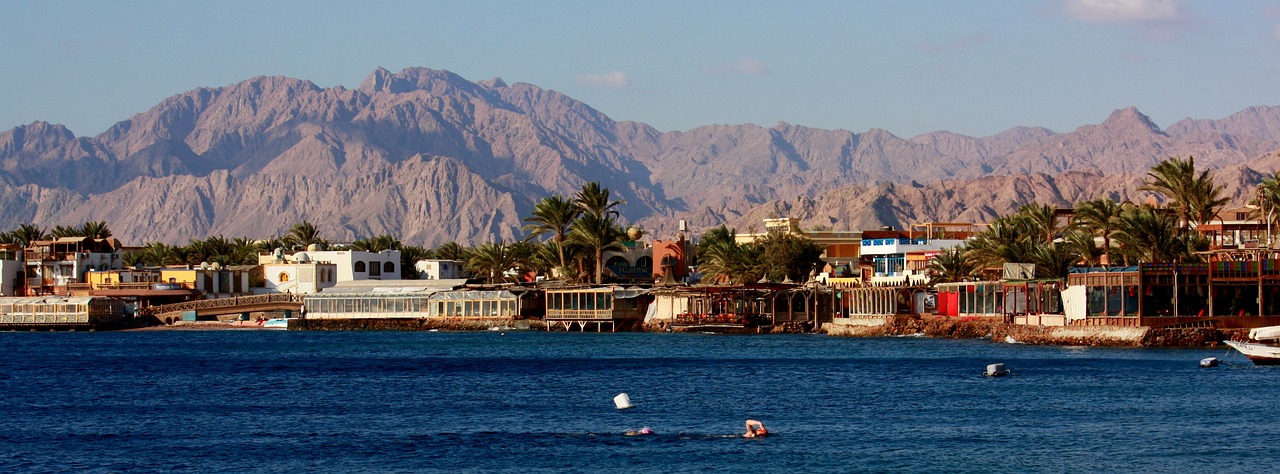
History of Heracleion
Exploring the fascinating history and recent archaeological discoveries of the ancient Egyptian city of Heracleion, submerged underwater for over a thousand years.
Heracleion, also known as Thonis, was a prosperous ancient Egyptian city located near the mouth of the Nile River. It served as a vital hub for trade and cultural exchange between Egypt and the Mediterranean world. The city flourished during the late Pharaonic period and the early Ptolemaic era, showcasing a blend of Egyptian and Greek influences in its art and architecture.
Heracleion's strategic location made it a bustling port city, facilitating maritime commerce and diplomatic relations with foreign powers. The city's prosperity was reflected in its grand temples, palaces, and statues dedicated to various deities, illustrating the religious and political significance of Heracleion in ancient Egypt.
Despite its prominence, Heracleion gradually declined due to a combination of natural disasters, such as earthquakes and rising sea levels, as well as human activities that altered the landscape and impacted the city's infrastructure. The once-thriving metropolis eventually succumbed to the waters of the Mediterranean, disappearing from historical records and becoming the stuff of legends.
Detailing the challenges and breakthroughs of underwater excavations that led to the discovery of Heracleion's well-preserved ruins and artifacts.
Highlighting the architectural marvels found underwater, including temples, statues, and buildings that offer insights into the city's layout and design.
Exploring the diverse range of artifacts recovered from Heracleion, such as coins, jewelry, and religious objects that shed light on daily life and beliefs.
Contrasting the mythical accounts of Heracleion's disappearance with the actual historical events that led to the city's submersion.
Examining the geological and anthropogenic factors that contributed to Heracleion's gradual sinking into the Mediterranean Sea.
Discussing the cultural and archaeological significance of the discovery of Heracleion in reshaping our understanding of ancient Egyptian civilization and maritime trade routes.
Exploring ongoing efforts to preserve and study the sunken city of Heracleion, as well as future research avenues to deepen our knowledge of this underwater archaeological site.
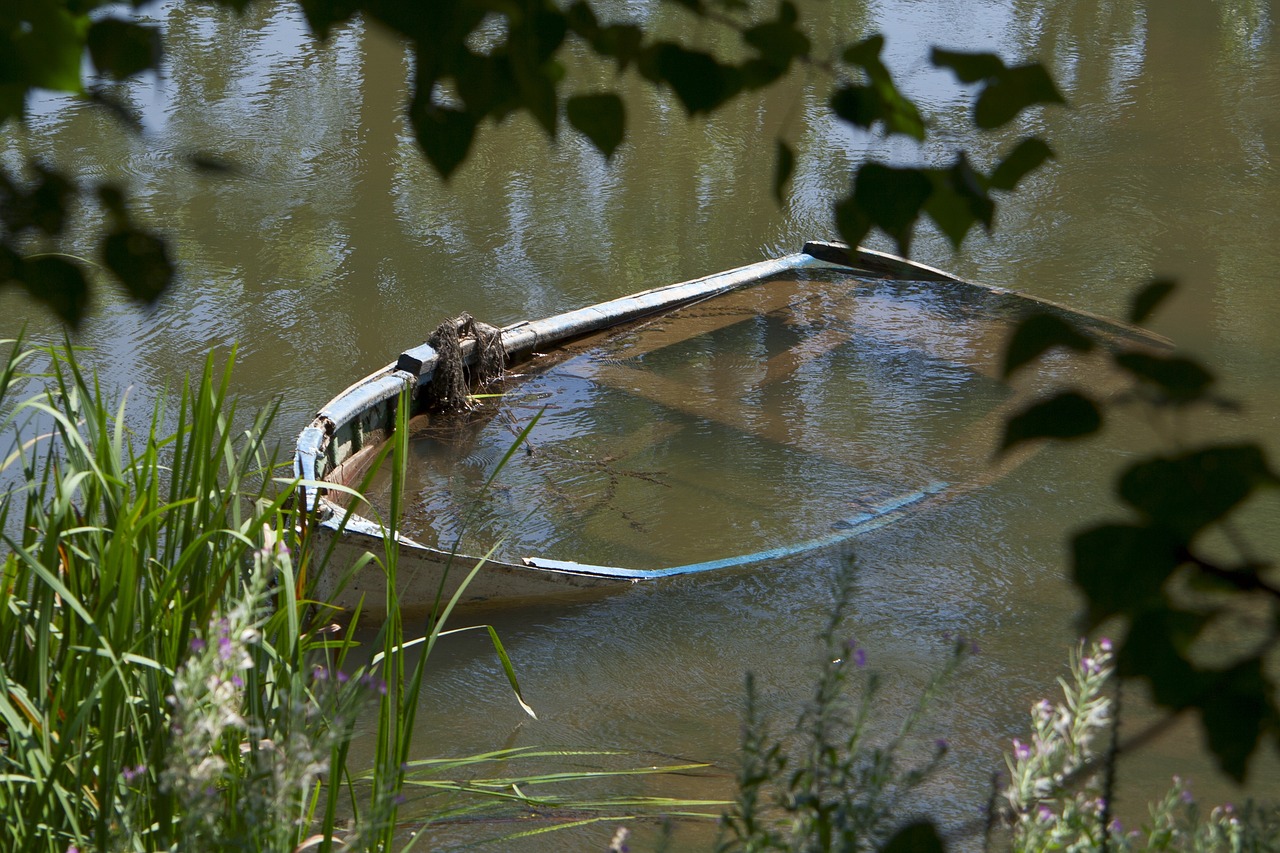
Underwater Excavations
Underwater excavations have been a pivotal aspect of uncovering the mysteries hidden beneath the waters surrounding the ancient city of Heracleion. Imagine the thrill of diving into the depths of the Mediterranean Sea, surrounded by the remnants of a once bustling metropolis. The challenges faced by archaeologists in excavating a submerged city are immense, requiring specialized equipment and expertise.
One of the most remarkable aspects of underwater excavations in Heracleion is the discovery of well-preserved structures that have defied the corrosive effects of time and water. These submerged structures include awe-inspiring temples dedicated to various gods, imposing statues depicting ancient deities and rulers, and intricate buildings that provide a glimpse into the city's former glory.
The process of uncovering these underwater marvels involves meticulous planning and execution. Archaeologists carefully document each discovery, mapping out the submerged city's layout and piecing together the puzzle of Heracleion's past. Through the recovery of artifacts such as coins, jewelry, and pottery, researchers gain valuable insights into the daily life, trade practices, and religious beliefs of the city's inhabitants.
Furthermore, the underwater excavations at Heracleion have sparked a renewed interest in maritime archaeology and the preservation of submerged cultural heritage. By studying the sunken city's remains, scholars are able to reconstruct the history of ancient civilizations and unravel the mysteries of lost worlds lying beneath the waves.
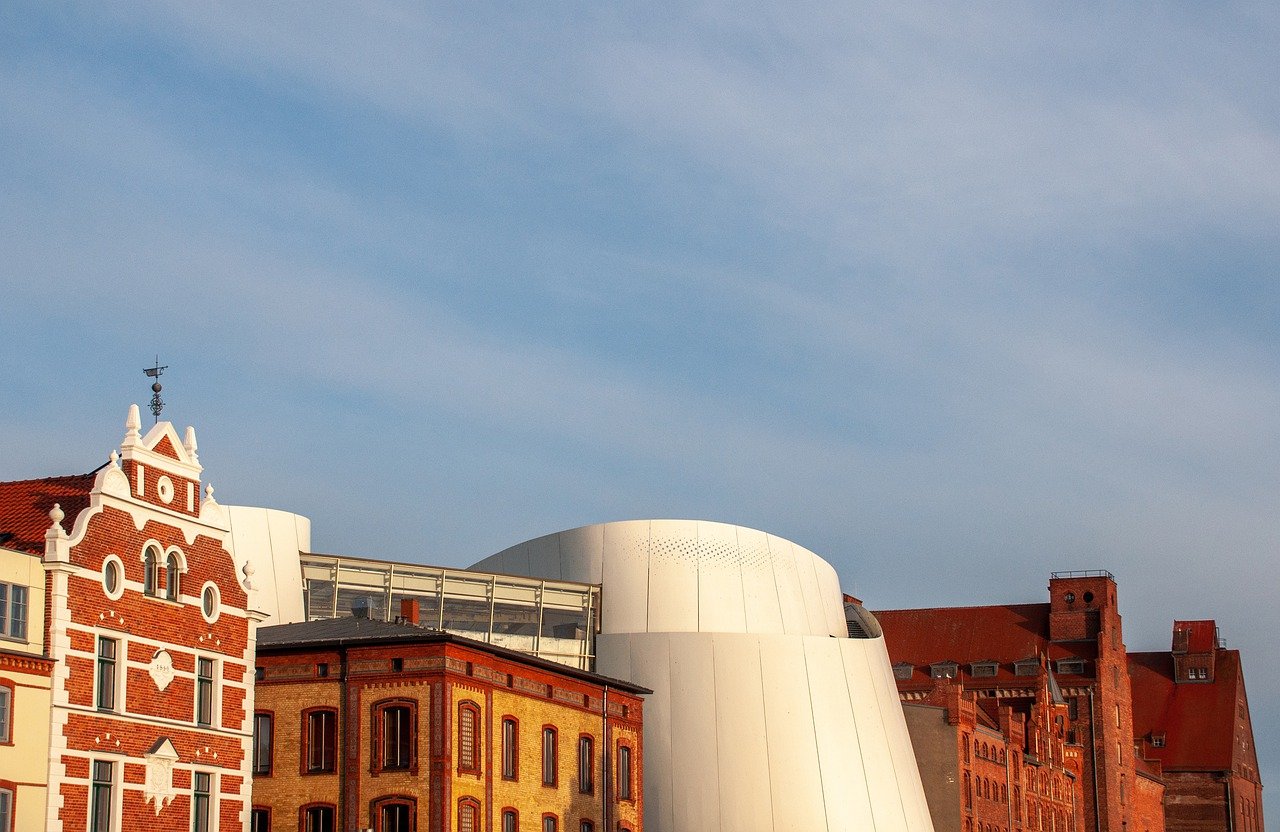
Submerged Structures
Delving into the depths of the Mediterranean Sea, the underwater excavations of Heracleion have unveiled a mesmerizing array of submerged structures that paint a vivid picture of this ancient city's architectural grandeur. Among the most striking discoveries are the majestic temples dedicated to various deities, adorned with intricate carvings and hieroglyphics that speak of religious practices and beliefs. These temples stand as silent witnesses to the spiritual life of the city's inhabitants, offering a glimpse into their devotion and rituals.
Besides the temples, the underwater city reveals a treasure trove of statues depicting gods, pharaohs, and mythical creatures, each crafted with exquisite detail and artistry. These statues not only showcase the artistic prowess of the ancient Egyptians but also serve as poignant reminders of the cultural richness that once thrived in Heracleion. Walking among these submerged statues is like stepping into a time capsule, where history comes to life in stone and bronze.
Moreover, the submerged buildings of Heracleion provide valuable insights into the city's urban layout and infrastructure. From residential quarters to administrative centers, each structure tells a story of daily life in this bustling port city. The remains of marketplaces and workshops hint at the vibrant commercial activities that once animated the streets, while the elaborate palaces speak of the opulence and power of Heracleion's ruling elite.
As archaeologists continue to unearth and study these submerged structures, a clearer picture emerges of Heracleion's past glory and splendor. The sunken city stands as a testament to the ingenuity and artistry of the ancient Egyptians, inviting us to marvel at the enduring legacy of a civilization lost beneath the waves.
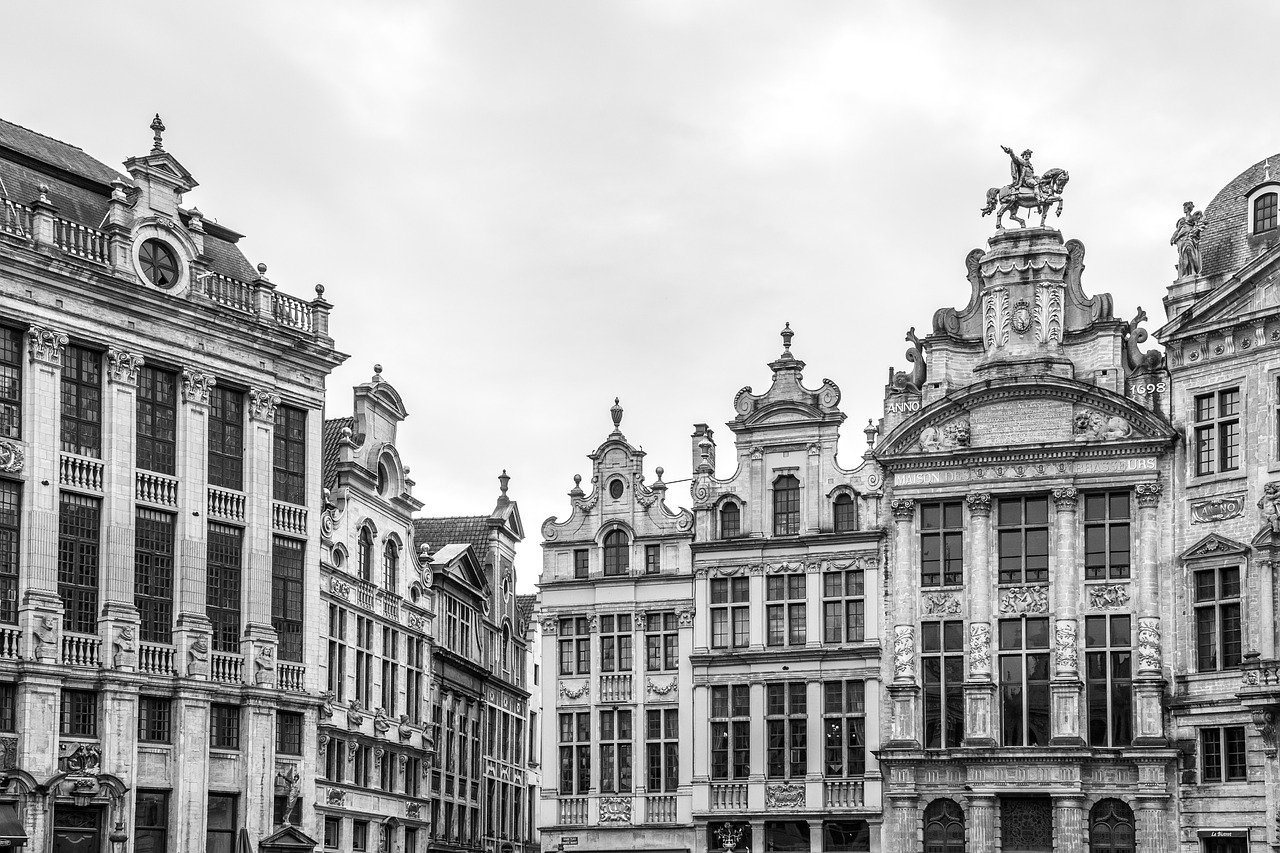
Artifacts and Treasures
Exploring the depths of the sunken city of Heracleion has unveiled a treasure trove of artifacts that offer a glimpse into the daily life and beliefs of its ancient inhabitants. Among the remarkable findings are exquisite jewelry pieces intricately crafted with precious metals and gemstones, reflecting the artistry and craftsmanship of the era. These artifacts not only serve as decorative items but also hold symbolic significance, providing clues about the social status and cultural practices of the people of Heracleion.
Furthermore, coins recovered from the underwater ruins bear inscriptions and images that tell stories of trade, economy, and political alliances during the city's heyday. The diverse range of currencies found indicates the cosmopolitan nature of Heracleion as a bustling port city that attracted merchants from various regions. These coins serve as tangible evidence of the city's economic prosperity and its role in facilitating commerce across the ancient Mediterranean.
Religious artifacts discovered amidst the submerged structures provide insights into the spiritual beliefs and practices of the inhabitants of Heracleion. Statues of gods and goddesses, ritual objects, and offerings found in underwater sanctuaries highlight the religious fervor and ceremonial rituals that were integral to the city's cultural fabric. These artifacts not only enrich our understanding of ancient Egyptian religious traditions but also emphasize the importance of spirituality in the daily lives of the people of Heracleion.

Lost and Found: Myth vs. Reality
Delving into the intriguing tale of Heracleion's disappearance, we are faced with a stark contrast between mythological narratives and historical truths. The legendary accounts of the city's demise often paint a picture of divine punishment or mysterious forces at play, shrouding Heracleion in an aura of mystique and wonder. However, the reality behind the sunken city's fate unveils a more pragmatic story rooted in natural calamities and human activities.
As the veil of myth is lifted, we uncover the tangible causes that led to Heracleion's submersion beneath the waters of the Mediterranean. Geological shifts and rising sea levels played a significant role in the gradual sinking of the city, altering its landscape and eventually engulfing it in the depths of the sea. Additionally, human interventions such as unsustainable urban development and environmental degradation further accelerated Heracleion's descent into oblivion.
Contrary to the romanticized notions of a city lost to the whims of gods and fate, the reality of Heracleion's fate serves as a poignant reminder of the interconnectedness between human civilization and the natural world. It prompts us to reflect on the environmental impact of our actions and the long-term consequences they may have on our cultural heritage and historical legacies.
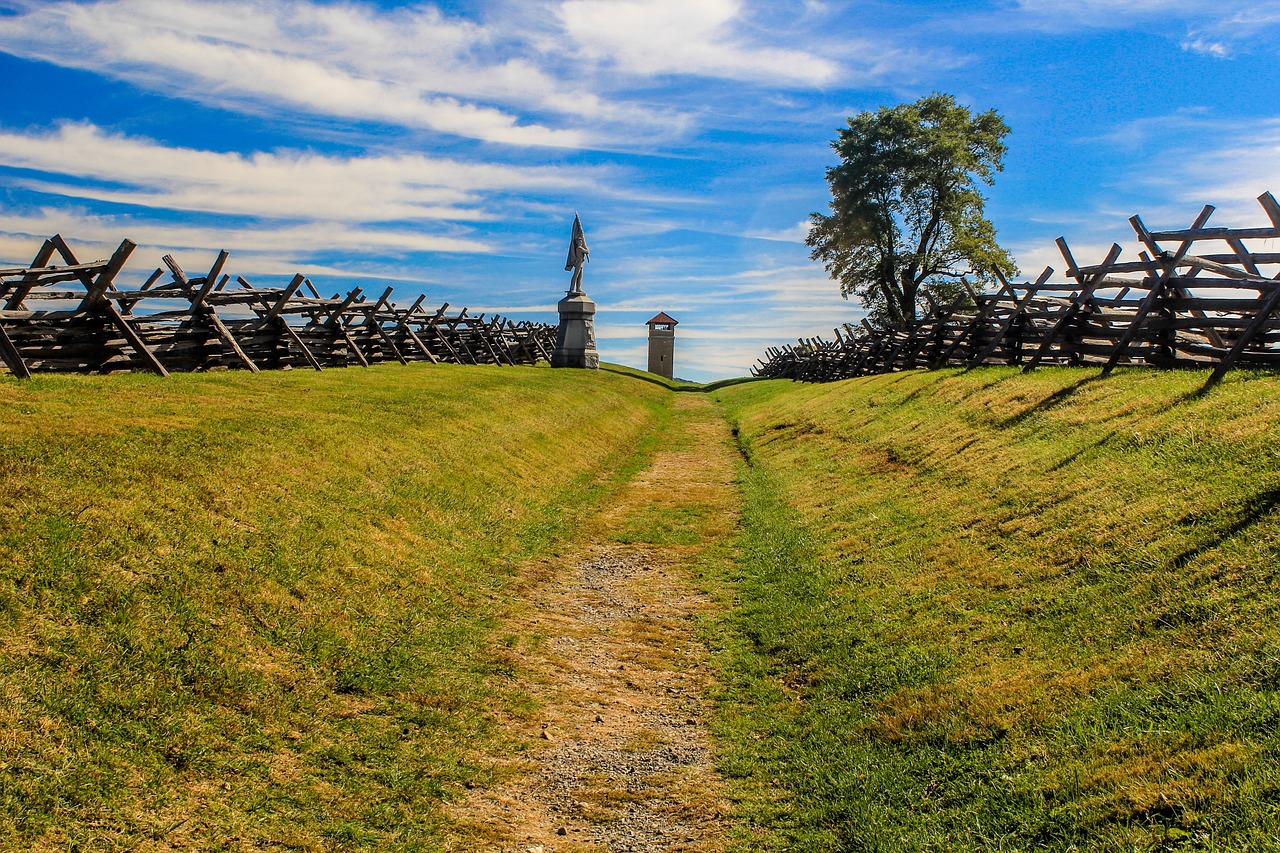
Causes of Submersion
Exploring the fascinating history and recent archaeological discoveries of the ancient Egyptian city of Heracleion, submerged underwater for over a thousand years.
Unveiling the rich history and significance of Heracleion as a thriving port city in ancient Egypt, known for its trade routes and cultural exchanges.
Detailing the challenges and breakthroughs of underwater excavations that led to the discovery of Heracleion's well-preserved ruins and artifacts.
Highlighting the architectural marvels found underwater, including temples, statues, and buildings that offer insights into the city's layout and design.
Exploring the diverse range of artifacts recovered from Heracleion, such as coins, jewelry, and religious objects that shed light on daily life and beliefs.
Contrasting the mythical accounts of Heracleion's disappearance with the actual historical events that led to the city's submersion.
Examining the geological and anthropogenic factors that contributed to Heracleion's gradual sinking into the Mediterranean Sea. The submersion of Heracleion was a result of a combination of natural processes and human activities. Geological factors, such as subsidence of the land and rising sea levels, played a significant role in the city's gradual descent into the depths. Additionally, human intervention, such as the construction of structures on unstable ground and alterations to the natural water flow, accelerated the submersion process. The convergence of these factors over time ultimately led to the submersion of Heracleion, once a bustling metropolis, beneath the waters of the Mediterranean.
Discussing the cultural and archaeological significance of the discovery of Heracleion in reshaping our understanding of ancient Egyptian civilization and maritime trade routes.
Exploring ongoing efforts to preserve and study the sunken city of Heracleion, as well as future research avenues to deepen our knowledge of this underwater archaeological site.
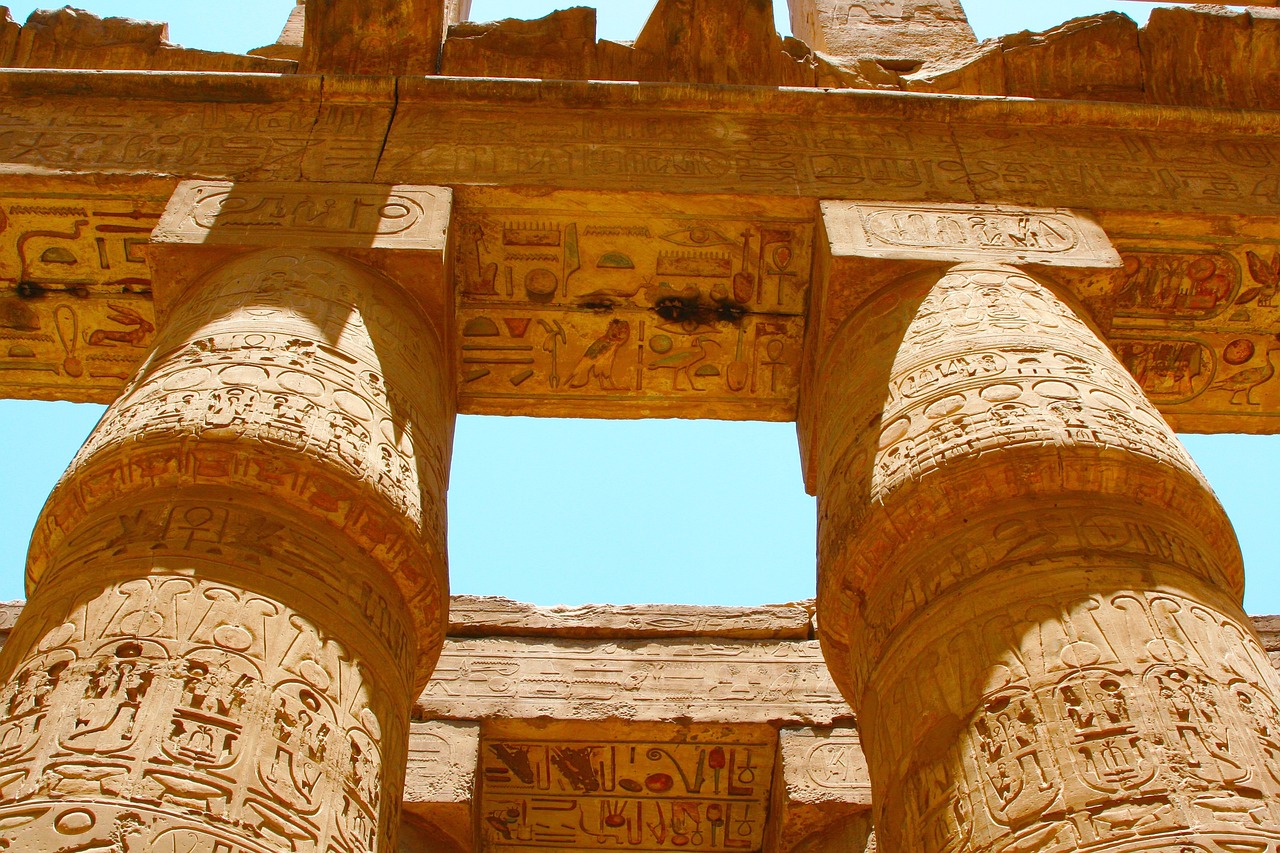
Legacy and Significance
The discovery of the sunken city of Heracleion holds immense in the realm of archaeology and ancient history. Unraveling the mysteries hidden beneath the depths of the Mediterranean Sea, the submerged ruins of Heracleion have provided a treasure trove of insights into the cultural and maritime heritage of ancient Egypt.
One of the most remarkable aspects of Heracleion's legacy is its role in reshaping our understanding of ancient Egyptian civilization and its interactions with other Mediterranean cultures. The artifacts recovered from the underwater site offer a glimpse into the daily life, religious practices, and trade networks of this once-thriving port city.
The significance of Heracleion extends beyond its historical value, as the discovery has sparked new avenues of research and collaboration among archaeologists, historians, and marine scientists. By studying the sunken city, experts aim to broaden their knowledge of ancient seafaring routes, urban planning, and the impact of natural disasters on coastal settlements.
Furthermore, the preservation efforts surrounding Heracleion serve as a testament to the importance of safeguarding our cultural heritage for future generations. Through meticulous conservation practices and ongoing research initiatives, the sunken city continues to reveal its secrets and contribute to the collective memory of humanity.
In essence, the of Heracleion lie not only in its historical past but also in its ability to inspire wonder, curiosity, and a deeper appreciation for the interconnectedness of civilizations across time and space.
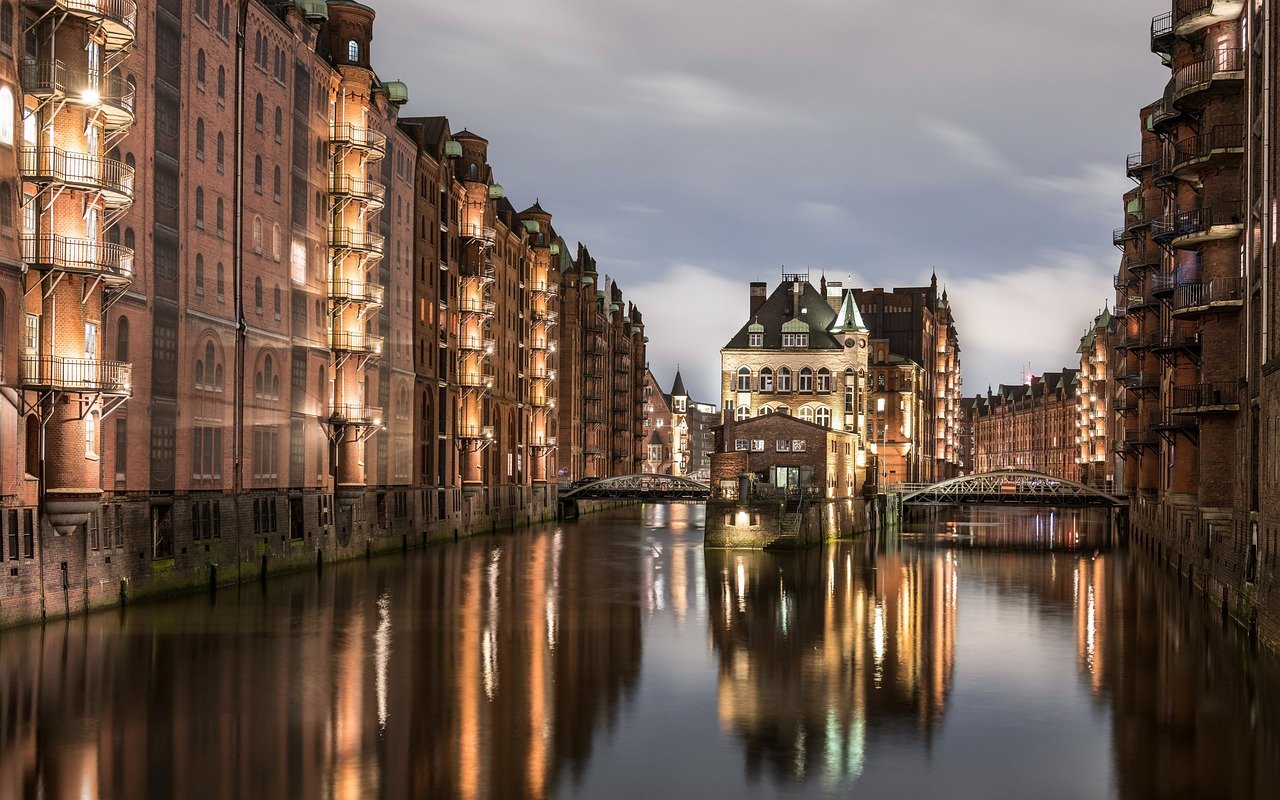
Preservation Efforts and Future Research
Preserving the sunken city of Heracleion is a monumental task that requires a delicate balance between exploration and conservation. Archaeologists and marine biologists work tirelessly to protect the submerged ruins from further deterioration while unraveling the mysteries hidden beneath the waters. Advanced technologies such as 3D mapping and underwater drones are employed to document the site accurately and non-invasively.
Furthermore, ongoing research initiatives aim to deepen our understanding of Heracleion's role in ancient Egyptian society and its connections to other Mediterranean civilizations. By studying the artifacts recovered from the seabed, experts can piece together the city's economic activities, religious practices, and social structures. These findings not only shed light on the past but also inform our present knowledge of maritime trade networks and cultural exchanges.
Collaborative efforts between international teams ensure that the knowledge gained from Heracleion's discovery is shared globally. Conferences, exhibitions, and publications disseminate the findings to a wider audience, sparking interest and curiosity in ancient history enthusiasts and scholars alike. The sunken city continues to captivate the imagination of people worldwide, inspiring further exploration and research into the depths of our shared human heritage.
Frequently Asked Questions
- What is the significance of the discovery of the Sunken City of Heracleion?
The discovery of the Sunken City of Heracleion is significant as it provides valuable insights into ancient Egyptian civilization, trade routes, and maritime activities. It sheds light on the cultural exchanges and architectural marvels of a once-thriving port city that was lost to the depths of the Mediterranean Sea for centuries.
- What artifacts have been found in Heracleion?
Various artifacts have been recovered from Heracleion, including coins, jewelry, statues, religious objects, and architectural remnants. These artifacts offer a glimpse into the daily life, beliefs, and craftsmanship of the ancient inhabitants of Heracleion, enriching our understanding of the past.
- How were the underwater excavations carried out?
The underwater excavations in Heracleion involved specialized equipment such as diving gear, underwater cameras, and remote-operated vehicles. Archaeologists meticulously surveyed the submerged structures, carefully documenting and recovering artifacts while navigating the challenges of working in an underwater environment.
- What caused the submersion of Heracleion?
Heracleion's submersion was influenced by a combination of geological factors, including land subsidence and rising sea levels, as well as human activities such as urban development and silt accumulation. These factors gradually led to the city's disappearance beneath the waters of the Mediterranean.
- What are the future research prospects for Heracleion?
Future research on Heracleion aims to further explore the submerged city's layout, infrastructure, and cultural significance. Ongoing preservation efforts and interdisciplinary studies will continue to unravel the mysteries of Heracleion, offering new perspectives on ancient Egyptian history and maritime trade networks.




